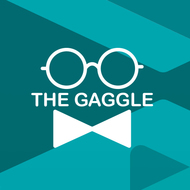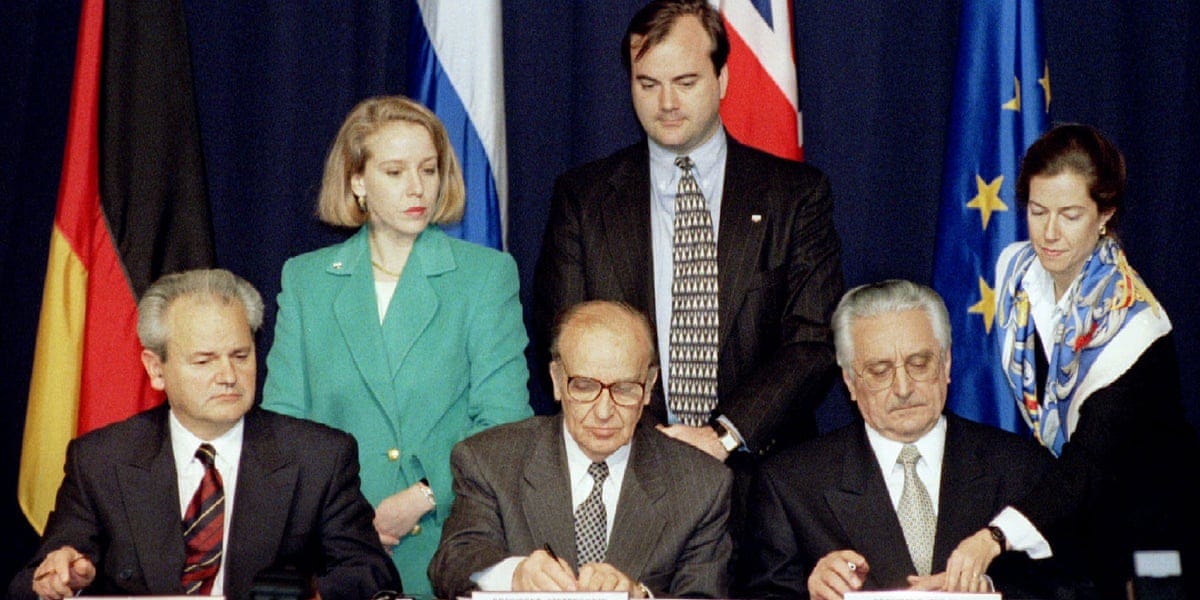The Gaggle Music Club: Prelude To Die Meistersinger Von Nürnberg By Richard Wagner
This week's selection for The Gaggle Music Club is the Prelude (Vorspiel) to Die Meistersinger von Nürnberg by Richard Wagner. Die Meistersinger is among Wagner's most complex and ambivalent works. It is also his most accessible and delightful of his mature works.
Die Meistersinger is unique in that it is his only opera that gets described as a comedy. It is of course a very serious work of art, and one of the few operas that Wagner composed that is not based on myth or legend, but rather on historical and cultural life in Renaissance Germany.
Wagner began sketching ideas for Die Meistersinger as early as 1845, while working on Tannhäuser. At the time, he became interested in the historical guild of master singers (Meistersinger)—artisan musicians who adhered to strict compositional rules in the free imperial city of Nuremberg during the 16th century. Wagner drew heavily on Johann Christoph Wagenseil’s 1697 historical treatise on the Meistersinger tradition.
After setting it aside for more than a decade while he worked on the Ring cycle, Wagner resumed the project in earnest in the early 1860s and completed it in 1867. It premiered in Munich in 1868 under the patronage of King Ludwig II of Bavaria, who had become Wagner's champion and benefactor.
Wagner's Die Meistersinger is a celebration of German civic tradition as well as a triumphant affirmation of a national art that is rooted in the traditions of a people. However, at the heart of the opera is a conflict between rigid tradition (represented by the guild rules) and creative genius. Wagner thus presents his own complex picture of the artist: one who innovates, but whose originality nonetheless serves ultimately to renew and elevate the traditions of a people who will live on long after him.
While Die Meistersinger is rich in humor, satire and romantic entanglements, its overall tone is deeply serious and philosophical. It meditates on the relationship between art and community, memory and change and identity and history.
The opera is in three acts, and is scored for large orchestra. It incorporates folkish melodies; lively choruses; counterpoint and canon, evoking Renaissance musical traditions; and leitmotifs, though they are used much more sparingly than in The Ring.
The Prelude, which is after all The Gaggle Music Club's selection, is one of Wagner’s most popular orchestral works and serves as a musical microcosm of the opera’s major themes: the conflict between tradition and innovation, civic pride, the triumph of artistic genius and the celebration of the Meistersinger as the custodians of German art. It is symphonic in scope, rich in counterpoint and character and establishes the key motifs and ideas that reappear throughout the opera.
The prelude introduces major leitmotifs and sets the tone of jubilant civic grandeur. Most of the preludes to Wagner's operas convey mystery, menace or brooding introspection. The prelude to Die Meistersinger, on the other hand, begins with brilliance and formal clarity. It has clear tonal structure (firmly in C major), symphonic development worthy of Beethoven or Brahms and controlled orchestral color and balanced form.
The Prelude is a non-verbal condensation of the opera’s central tension: Rigid tradition vs. Inspired innovation. It previews, musically, the journey from conflict to synthesis that will unfold over the three acts. The Prelude is far more than a rousing concert opener. It is a musical argument--an exploration of how tradition can enrich genius. Through its interplay of themes, Wagner encapsulates the opera’s core message—that true artistic greatness reconciles innovation with cultural roots, and that national identity must be renewed, not merely preserved.
It remains one of the most complex and triumphant overtures in the operatic canon.
In this performance from 1988, Klaus Tennstedt conducts the London Philharmonic.

















